Kushinagar
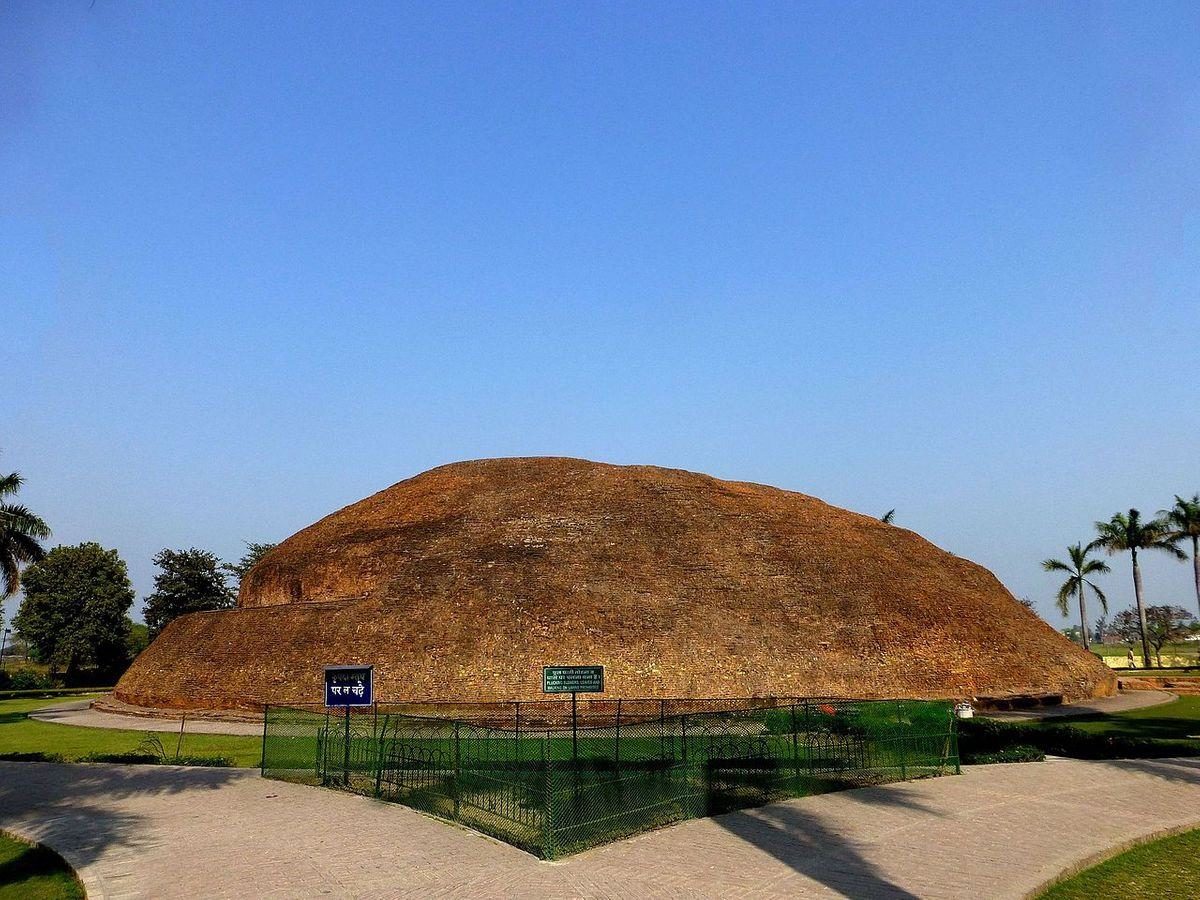
This is one of the most important Buddhist sites, it is here that Gautama Buddha died. It consists of numerous monuments, including Makutabandhana hill, the site of Buddha’s cremation.
Tabo Monastery
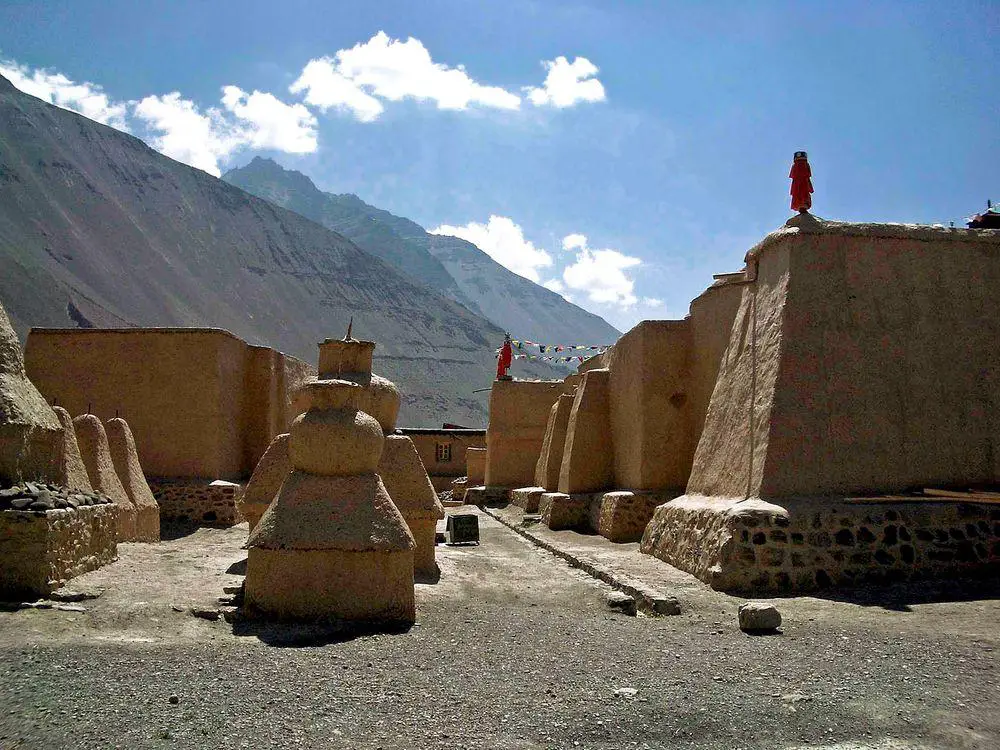
An important Tibetan monastery, it was established in 996 AD. It is fortified with a large wall that encloses a large group of buildings and is an important centre of knowledge with an important collection of writings and artworks.
Sanchi
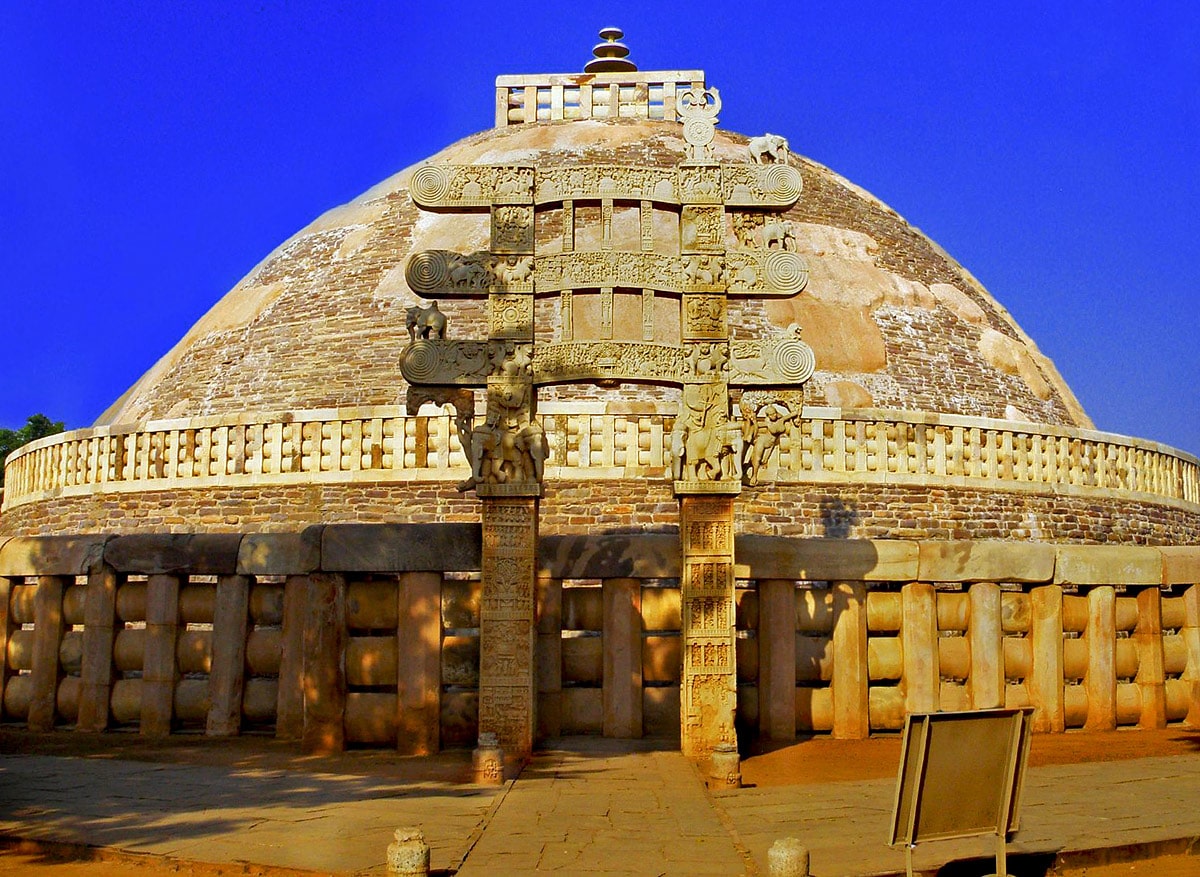
An important Buddhist pilgrimage site with some 50 buildings from the 3rd – 12th centuries. Contains an enormous hemispheric stupa from the 3rd century.
Nalanda Monastery
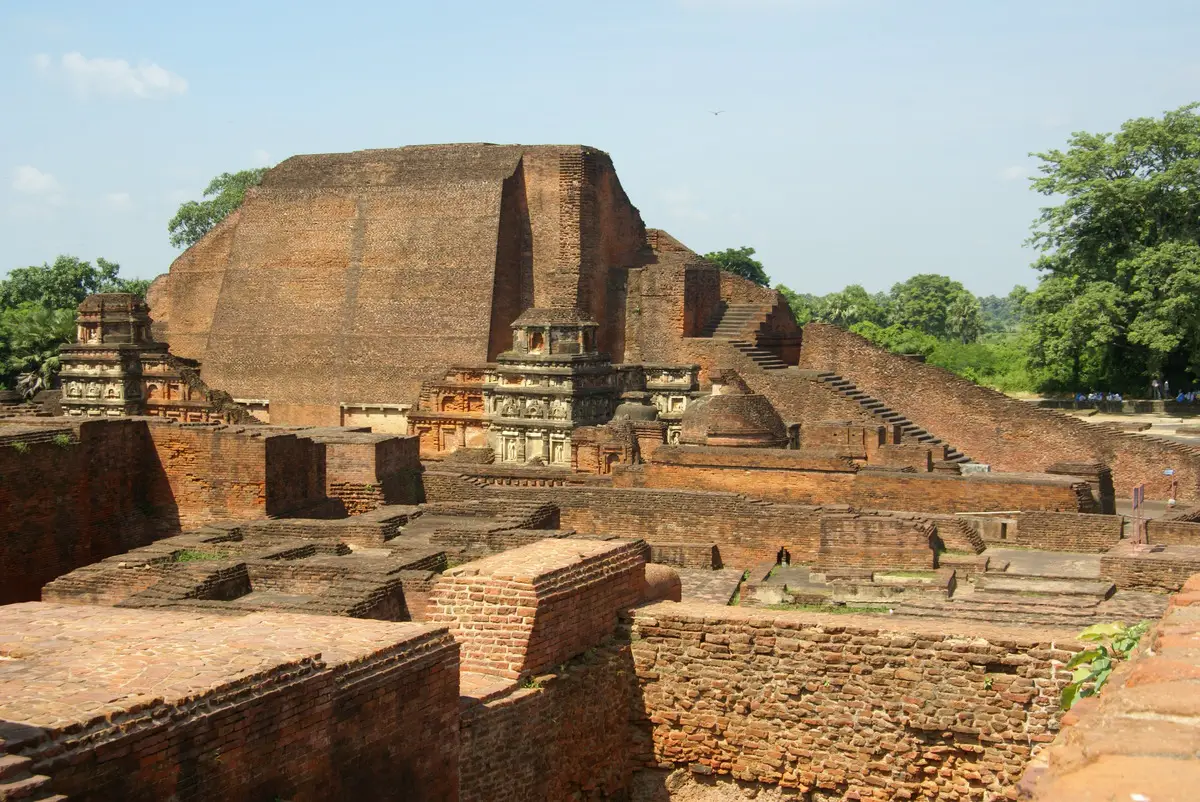
Important Buddhist monastery and learning centre in 427 – 1197 AD, one of the first great universities of the world. Complex of amazing buildings built from red brick. Most prominent remnant is the pyramid shaped Sariputta Stupa.
Mahabodhi Temple
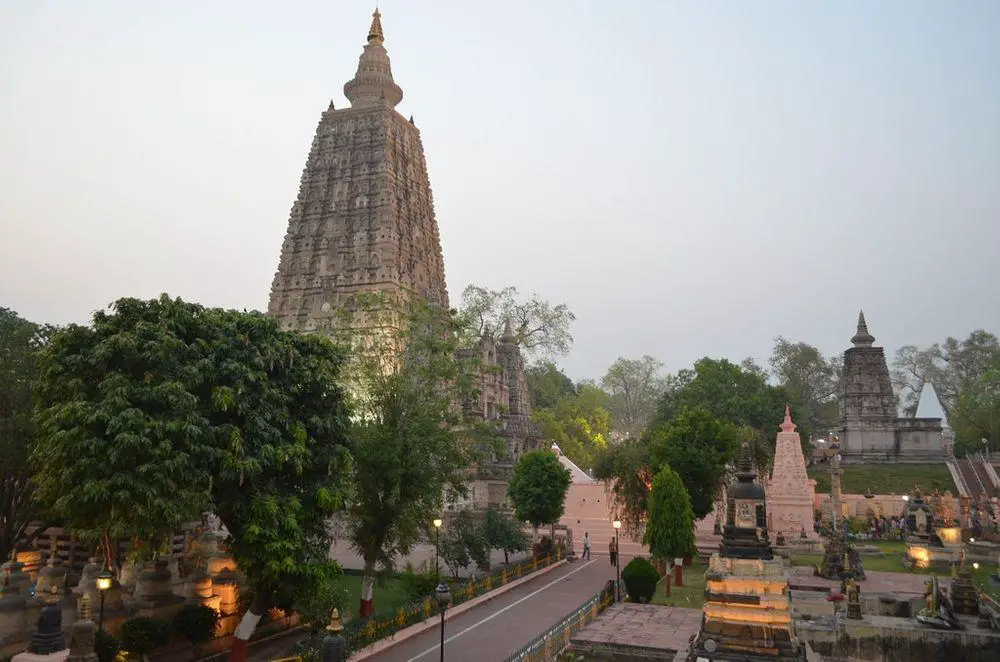
One of the holiest sites for Buddhism. Located on the spot where Buddha attained enlightement. Its main element is a 55 meter high, richly decorated tower built in the 5th – 6th centuries and extensively restored in the 1880s.
Woljong temple
Magnificent Buddhist temple that was founded in the 9th century. Most of its buildings were rebuilt in the 15th century.
Sungin Hall
A large shrine that was constructed in 1325. A fine example of elaborate Korean architecture of these times.
Songbul-sa temple
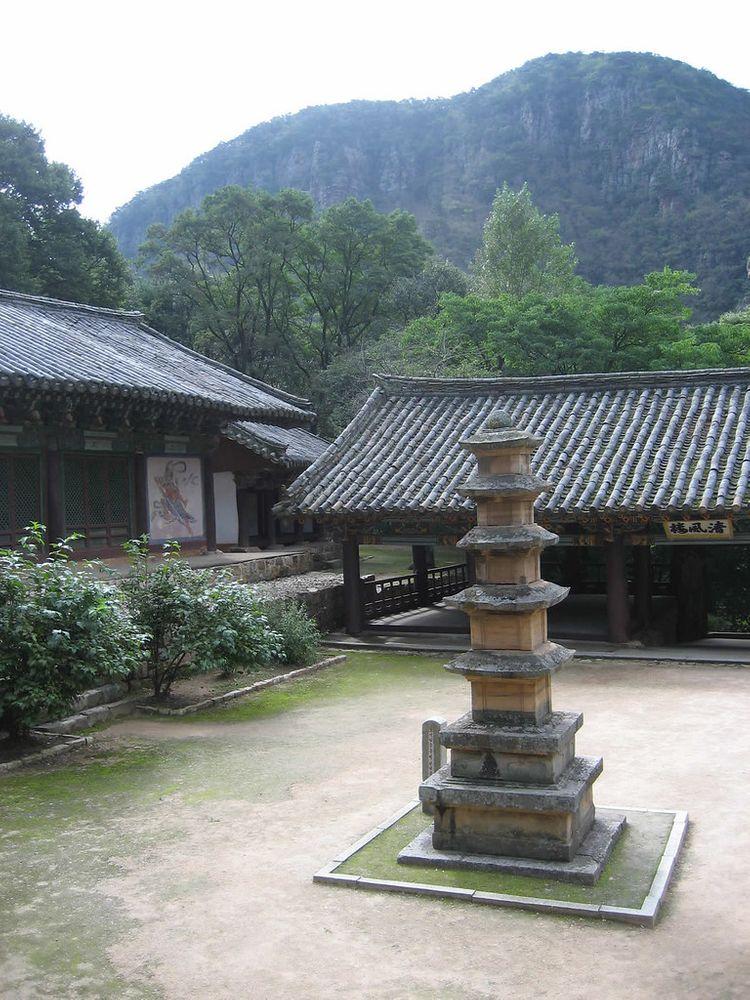
Korean Buddhist temple, founded in 898 AD, contains some of the oldest wooden buildings in the country, e.g. Ungjin Hall that was constructed in 1327.
Ryongtong-sa
An important Korean Buddhist temple, founded by Chontae Buddhist sect in 1027. Restored in 2005, consists of 26 buildings.
Ryangchon Temple
Buddhist temple, founded in 753. Three ornate buildings remain – Taeung Hall, Manse Pavillion and Muryangsu Hall.
